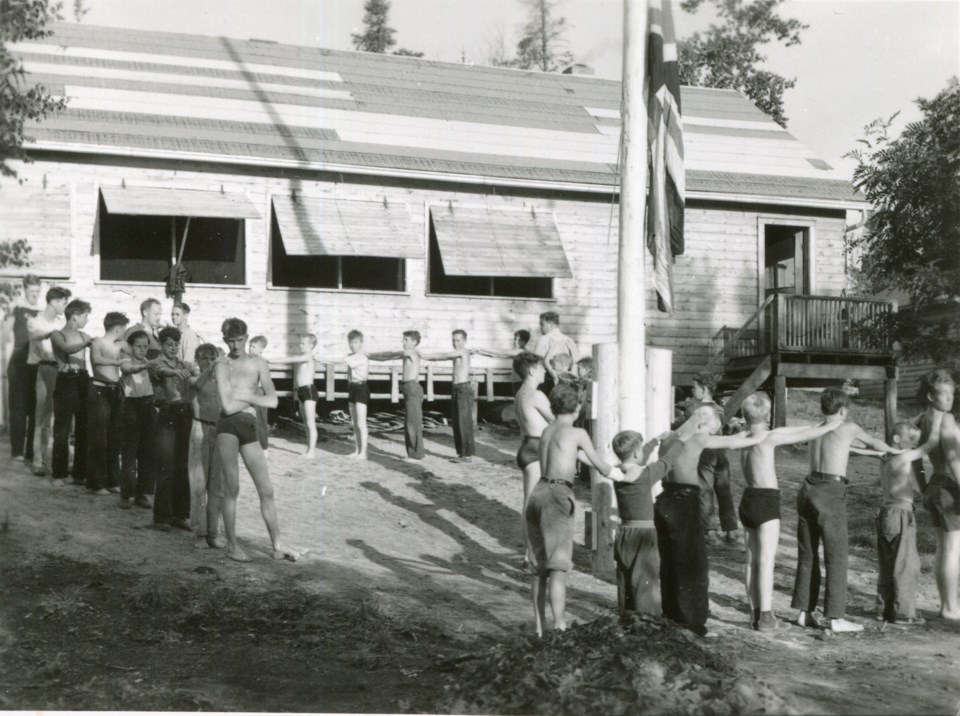From the Timmins Museum: National Exhibition Center:
There seemed to be a club for everyone based on things like religion, ethnicity, political views, interests, etc. and clubs with international bodies arrived early on in the Porcupine days.
Fraternal organizations helped provide both a personal sense of belonging in a new place, cut off from family and familiarity, or a place where individuals could enjoy recreational fun. Women had many clubs to join as well. These clubs gave women a chance to get out of the house and enjoy the company of others with a shared social circle.
Clubs for children also developed early and grew quickly. The first Boy Scouts group was in 1916 which was followed by Girl Guides a little later. By 1937, in Timmins alone, there were 360 boys in eight scout troops and six cub packs. They were an important part of the community and did many things to contribute the success and development of the towns.
A Porcupine Advance article from April 22, 1943, wrote about a fats drive held for the war efforts in Timmins. Between 200 and 300 Boy Scouts went door-to-door to collect fat waste from locals. Some of the fats included pan drippings from roast ham, beef, lamb, and poultry; broiler drippings from steaks, chops, veal and bacon; and deep fats from lard or vegetable shortening, from dried potatoes, fish and doughnuts. Citizens would pour the fats into cans and refrigerate or keep it cool until the scouts came to collect.
They collected 1,700 pounds in one Saturday! They continued these drives for the duration of war. The fats were put to use to make explosives for the Allies for the duration of the war.
Each week, the Timmins Museum: National Exhibition Centre provides TimminsToday readers with a glimpse of the city’s past.
Find out more of what the Timmins Museum has to offer at www.timminsmuseum.ca and look for more Remember This? columns here.



